| Visit Needle 'n Thread! | |||||||
| |||||||
Saturday, May 11, 2019
Mary Corbet's 2¢ on needlework backs and underwear
This was another article in my e-mail archive I had saved. It is a great article! I will never show another stitcher my underwear EVER again!!! LOL!!!!
Labels:
Needlework backs
Subscribe to:
Post Comments (Atom)

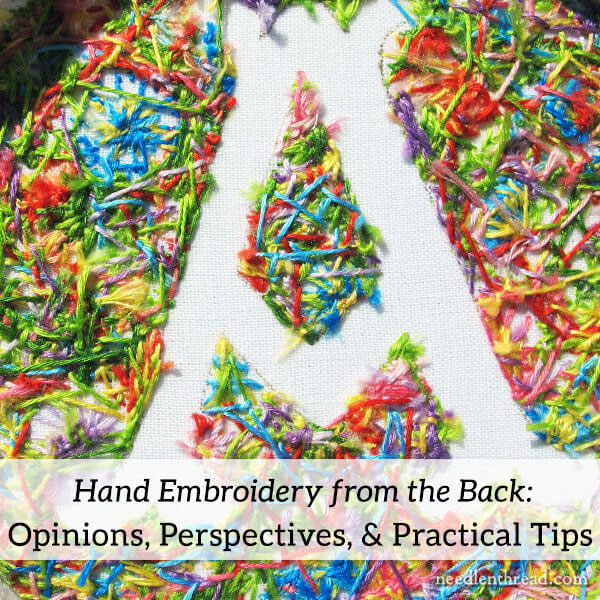
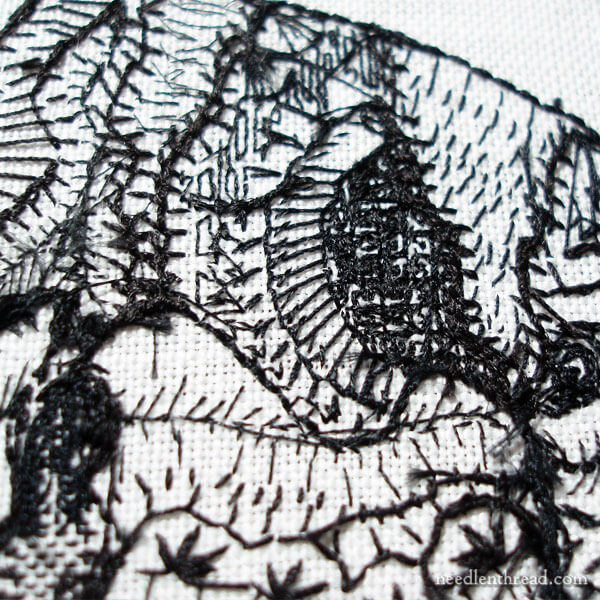
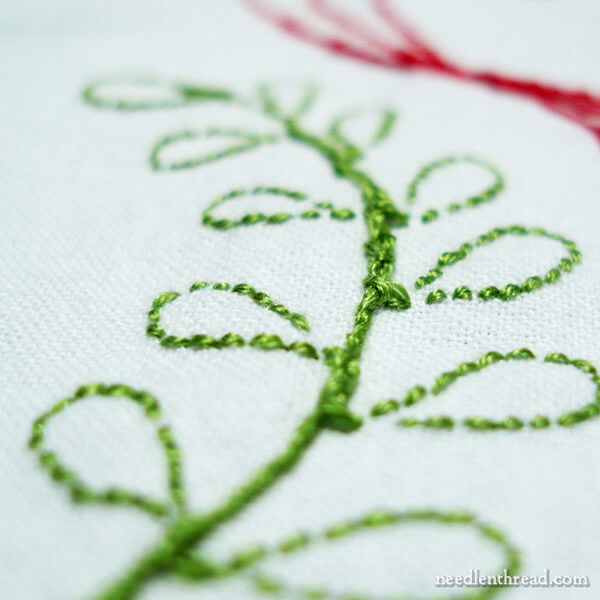
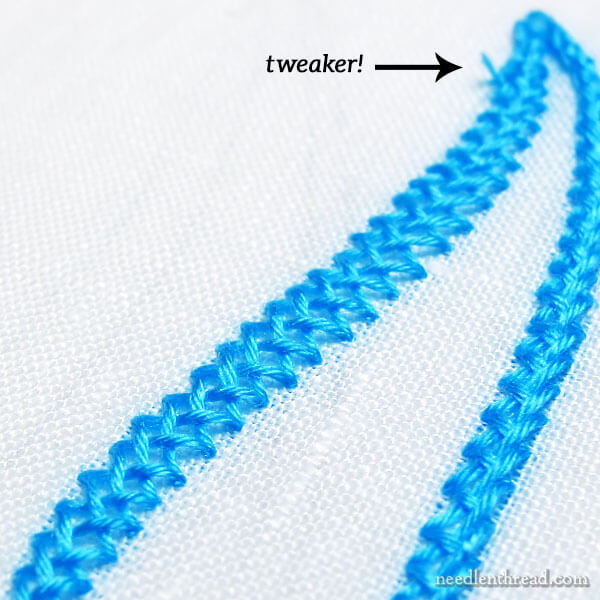
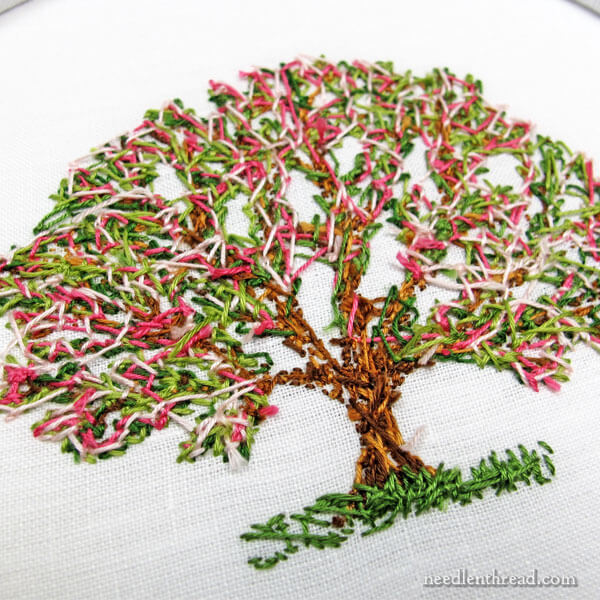
No comments:
Post a Comment